INTRODUCTION
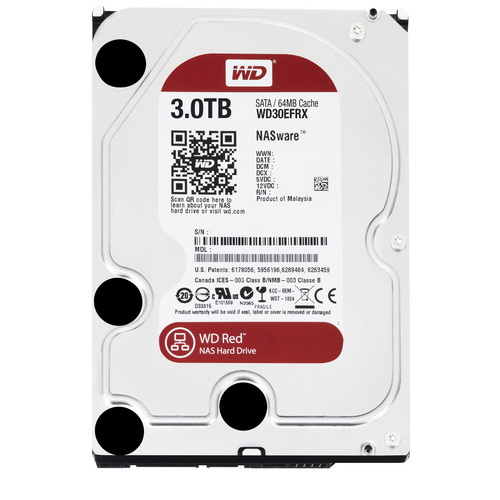
There's no denying that the popularity of Network Attached Storage devices (or NAS Servers as i like to call them) has increased at such a degree over the past 3 years that even regular consumers purchase them for home use whether that's for downloading files from the internet or as media servers. However due to their design as complete closed systems there haven't really been many hardware components or peripherals released aimed especially at NAS servers but something tells me that this may change sooner rather than later. Western Digital was perhaps the first manufacturer to take a significant step towards providing special HDDs for use with NAS Servers featuring low temperatures, noise levels and power consumption without really sacrificing speed in the process. Well it did take quite a while for us to get one of these latest special HDD models that belong in the RED line but it was well worth the wait since we managed to secure the 2nd largest model available namely the 3TB variant.
WD, a Western Digital company, is a long-time innovator and storage industry leader. As a storage technology pacesetter, the company produces reliable, high-performance hard disk drives and solid state drives. These drives are deployed by OEMs and integrators in desktop and mobile computers, enterprise computing systems, embedded systems and consumer electronics applications, as well as by the company in providing its own storage products. WD’s leading storage devices and systems, networking products, media players and software solutions empower people around the world to easily save, store, protect, share and experience their content on multiple devices. WD was established in 1970 and is headquartered in Irvine, California. For more information, please visit the company’s website at www.wd.com.
I must have used around 20 NAS serve models up until this day but i can't honestly say that I’ve ever run across any issues with any of the HDDs I’ve used with them whether those where was from Seagate, HGST, WD, Toshiba or Samsung the result was pretty much the same. However many people use NAS servers a lot differently than others and so although some use them for just a few hour per day purely as media and/or download servers others may use them around the clock to host personal pages or as Network Video Recorders (NVR). Naturally people who use NAS Servers a lot will always welcome HDDs that require less power to operate (thus lower electricity costs) while at the same time build lower temperatures than regular HDDs (let's not forget that temperatures may even affect the rest of the system). On top of that the latest Red drives by WD feature 3D Active Balance Plus technology, intelligent error recovery controls and command completion to offer optimal reliability and performance. All of the above features are part of WD's NASware 2.0 technology thus leaving very little room for doubt that their Red line of HDDs was developed solely for NAS Server use. Performance-wise the Red line of HDDs features WD's intellipower technology (much like their Green drives) which automatically sets the speed of the drive to anything between 5400 and 7200rpm (always according to the amount of workload) and a total of 64MB cache. Now as you can all understand testing some of the features found in the NASware 2.0 technology is not really possible in a review (such as error correction and reliability in general) we will however do our best to see how the Red line of HDDs does in terms of performance amongst other things.
SPECIFICATIONS AND FEATURES


THE RED WD30EFRX
As expected we received our sample of the 3TB Red HDD inside a static-free bag.
Appearance-wise the 3.5" Red HDDs follow the standard housing we've seen plenty of times in the past.
The large sticker at the top includes the drives serial number, part number, factory roll out date, cache size, capacity, electrical specifications, a 2d barcode and several certification logos.
Although several years ago HDDs still had some of their control and cache chips on the exterior of the PCB placed at the rear for the past few years all drives have them on the interior for increased protection.
The usual SATA power and data connectors are located at the rear right next to 8 pins probably used for firmware updates.
TEST BED
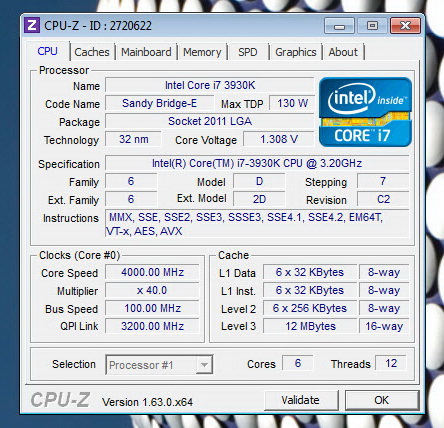

TESTING METHODOLOGY
Thoroughly testing hard disk drives may require time and patience but that's just about it. Of course that doesn't mean that one must take it lightly, at least not when people base their decision on your results. True many choose to only use 2 or 3 benchmarking suits in order to measure the performance of a drive or drives since quite honestly most benchmarking suites do tend to agree with each other (so it's not really wrong) but we always like to take things a step further not because we have to but because we want to be almost 100% certain of the results we get and post in our charts (one can never be 100% certain about anything).
So in this kind of reviews we will use a total of 6 different benchmarking suites in an effort to bring you the most accurate results across the board. Now the only reason why i say effort is because real-world usage is not always on par with what results one gets by running several benchmarks on a drive and that's mainly because there are many variables at work from ambient temperatures to hardware configurations and even firmware versions. The benchmarking applications we use are the AIDA64 suite (former Everest Pro), HD Tune Professional, HD Tach RW, ATTO, Sisoftware Sandra Pro and the Crystal Disk Mark 64bit. These benchmarking tools are the best in what they do and as you will also see later on their results more or less agree. Each test is performed a total of 6 times and then the average is recorded into the charts. Temperatures are recorded using Hard Disk Sentinel and after 45 minutes of continuous testing in a 23 degrees Celsius temperature controlled room. Finally we also use an ExTech HD600 dBA meter on each of the drives (5cm away) in order to accurately record their noise levels, although if you don't turn off all system fans when doing so it's quite possible that you will never even hear the drive. The operating system as usual is a fresh installation of Microsoft Windows 7 Ultimate Service Pack 1 with every update installed up until the 16th of September 2013.
TEST RESULTS - AIDA64 / ATTO
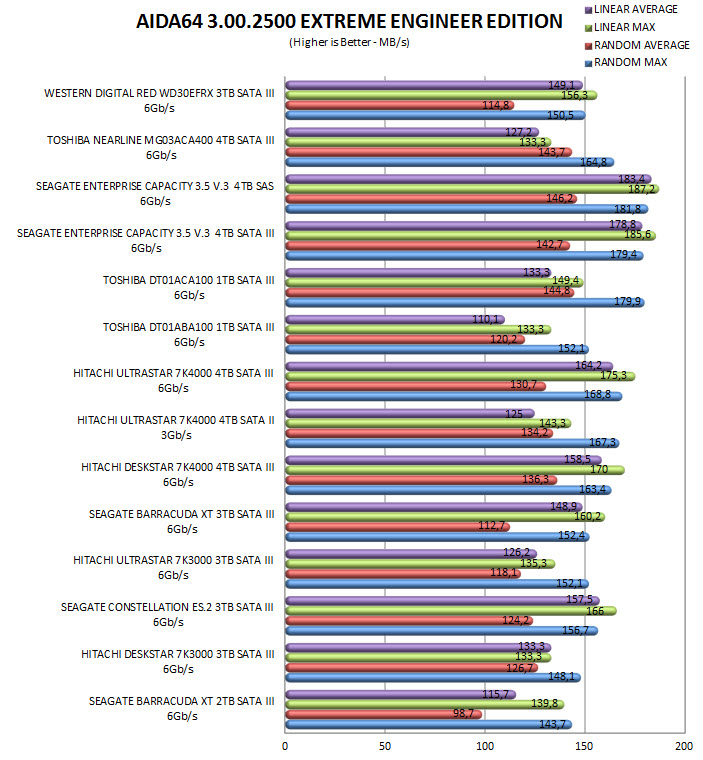
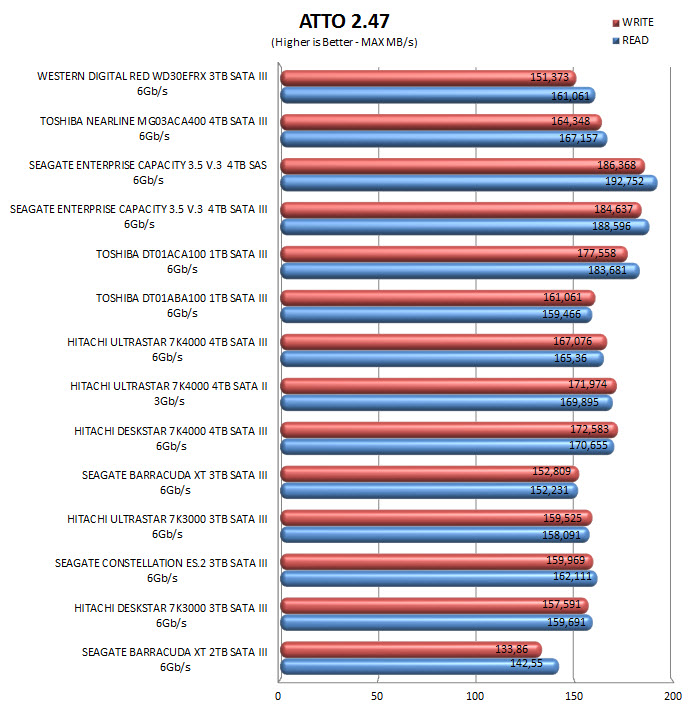
TEST RESULTS - HD TACH RW / HD TUNE PRO

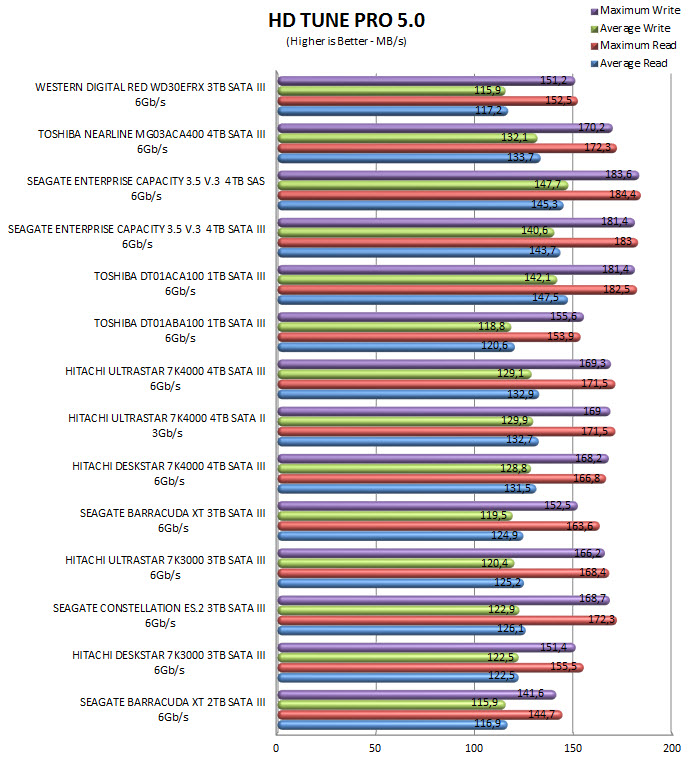
TEST RESULTS - SISOFTWARE SANDRA PRO / CRYSTAL DISK MARK
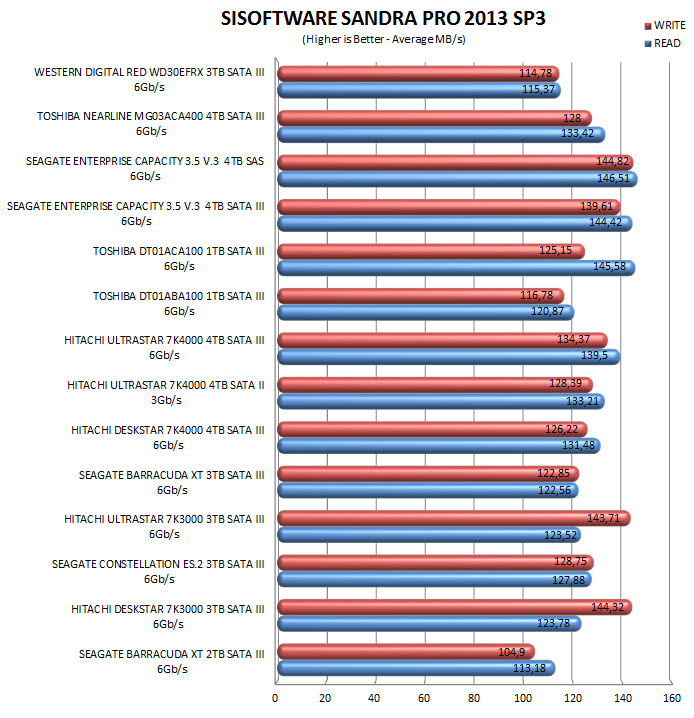

TEST RESULTS - TEMPERATURES / NOISE LEVELS


CONCLUSION
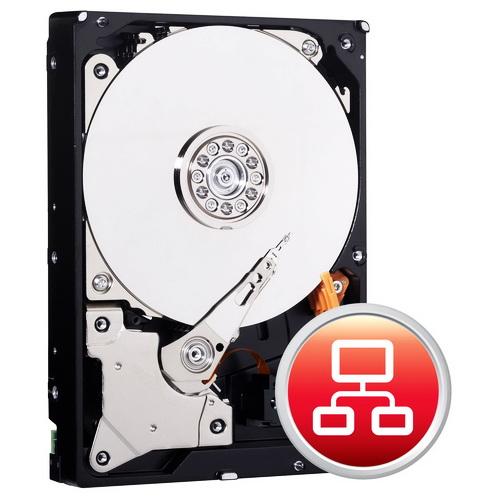
Although we don't do power consumption tests on HDDs cause quite frankly it's very hard to be 100% on the spot with such results we did perform our usual temperature and noise level tests both of which showcase that Western Digital has indeed invested time and resources to optimize the Red line of HDDs specifically for NAS Server use. Granted the differences between the Red 3TB and several other 2/3/4TB models in our charts are not massive but that wouldn't be possible to begin with so personally i think that whatever kind of improvement we can get is always a good thing. On the other hand however it seems that in the end these features are more likely a direct result of WD's Intellipower RPM technology (naturally a drive spinning between 5400-7200RPM uses less power and produces less noise than a drive spinning at 7200RPM) which is also why the Red 3TB (WD30EFRX) performed quite slower than most of the drives in our charts (its MTBF although very good is also not nearly as high as the ones some of the models in our charts have). This of course didn't come as a surprise especially since most of the drives in our charts are enterprise-grade models but still for people who want the best possible data transfer speeds (and obviously have a NAS Server model capable to support them) one of those might just be a better solution especially since to date i haven't come across any issues with any of them (all were used with NAS Servers at some time or another).
Perhaps the best surprise about the Red series of HDDs by Western Digital is their price since currently the 3TB model (WD30EFRX) retails for just USD139.72 inside the USA (Amazon.com) and 125Euros inside the EU (Amazon.co.uk). That being said the WD30EFRX does not offer stellar levels of performance and is in fact quite slower than most of the HDD models we've tested over the past years but realistically speaking its read/write levels are actually above what most NAS Servers can handle and at the same time the NASware 2.0 technology package does seem to make a difference. Bottom line if you are looking for the ideal HDD for use with your NAS Server and you are not willing to spend much then the Red line of HDDs by Western Digital should be your first and perhaps only stop which is why the WD30EFRX 3TB SATA III HDD gets our Golden Award.
 PROS
PROS
- Build Quality (MTBF Of 1.000.000 Hours)
- Good Performance Levels
- NASware 2.0 Technology (Low Temperatures/Noise Levels/Power Consumption/Error Protection/3D Active Balance Plus)
- 24/7 Support & 3 Years Warranty
- Price
CONS
- Raw Performance (However More Than Enough For NAS Use)

 O-Sense
O-Sense





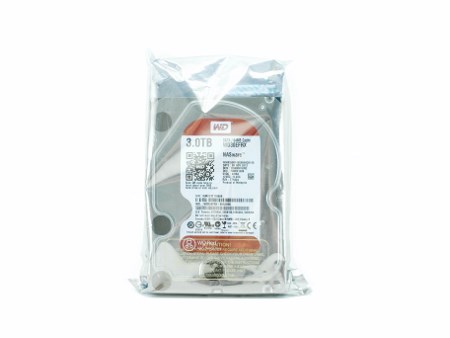
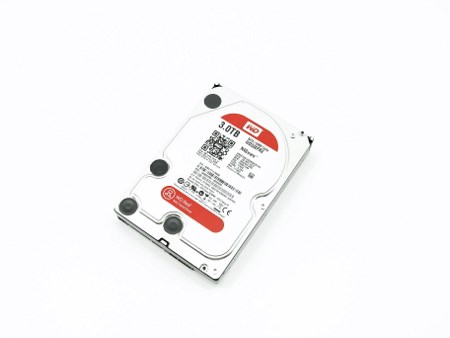
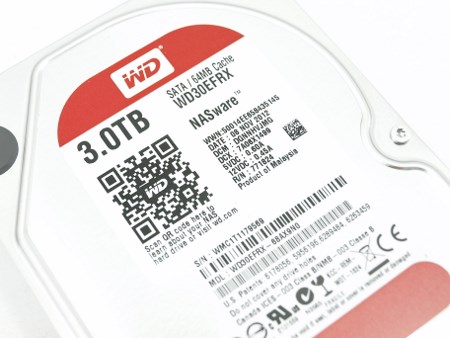
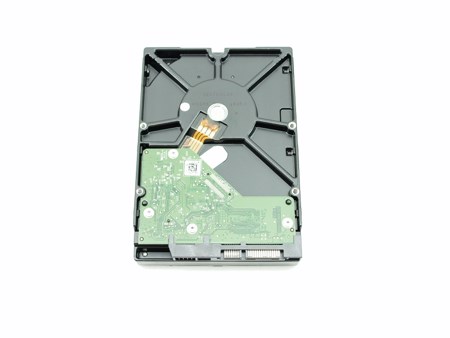
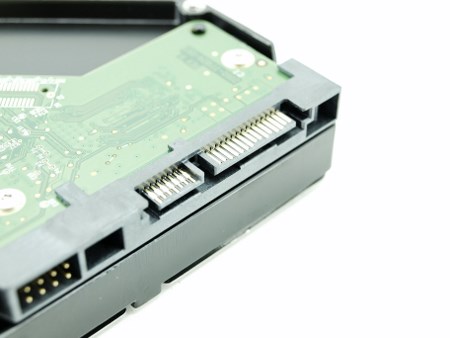


.png)

